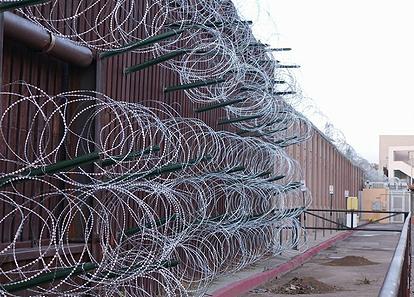
COLLEGE STATION, Texas, January 5, 2022 (ENS) – Last month Texas experienced its warmest December on record since 1889, says John Nielsen-Gammon, a regents professor of atmospheric sciences at Texas A&M University who also serves as the state climatologist.
December 2021 temperatures averaged five to nine degrees above normal, making it the warmest December in Texas in more than 130 years.
“It’s like the entire state moved south for the winter,” said Nielsen-Gammon. “Amarillo got Dallas’s normal temperatures, Dallas got Corpus Christi’s normal temperatures, and Austin got Brownsville’s normal temperatures.
“Not only is it by far the warmest December since the beginning of comprehensive weather records, it will probably also turn out to be the warmest winter month, period,” he said.
February 2017 holds the current record for warmest winter month in Texas, with an average temperature of 58.4 degrees.
The official state record for warmest December is held by December 1933, at 53.3 degrees.
The 20th-century average for December is 46.9 degrees. “Texas has never had any month more than 10 degrees above the 20th-century average until now,” Nielsen-Gammon said.
He thinks that when all the data are in, December 2021 will average nearly 12 degrees above the long-term average.
Although data is limited, there does seem to have been one other December in recorded history with comparable warmth: December 1889.

“Observing practices were different, but it’s clear that December 1889 was an unusual month also,” Nielsen-Gammon said. “The first decent cold front of that month was on December 29.”
One bad result of the very warm weather, it has made Texas’ drought situation even worse. According to the U.S. Drought Monitor, more than two-thirds of the state is in drought, and 10 percent is in extreme drought.
“In much of West Texas, it hasn’t rained for over two months,” Nielsen-Gammon said. “The high temperatures increase the rate of evaporation, drying out everything and leading to increased wildfire risk.”
Climate change has caused Texas seasonal temperatures to average about two degrees warmer than in the 20th century.
“Global warming didn’t cause this December to be record-setting, but it did contribute to the margin of victory,” Nielsen-Gammon said.
The extremely dry conditions, above normal temperatures, and high winds created the conditions for the Southern Plains wildfire outbreak that occurred across the Texas Panhandle, as well as in Oklahoma and Kansas on December 15.
State, federal and local firefighters, to include Texas A&M Forest Service and Texas Intrastate Fire Mutual Aid System, TIFMAS, responded to five wildfires, three large and still active, for an estimated 23,055 acres burned.
Wes Moorehead, Texas A&M Forest Service fire chief and assistant agency director for Forest Resource Protection, College Station, said, “We expected wildfire ignitions to occur under these extreme conditions, and preemptively moved personnel and equipment to areas of concern.”
Fire officials are still on the defensive, although recent light precipitation and cold temperatures have reduced the coverage of dry fuel in the Western Plains. Significant fire potential should remain low this week even when subjected to periods of elevated to critical fire weather.
Featured image: Drought on the Texas Panhandle, December 29, 2021 (Photo by Charles Henry)



